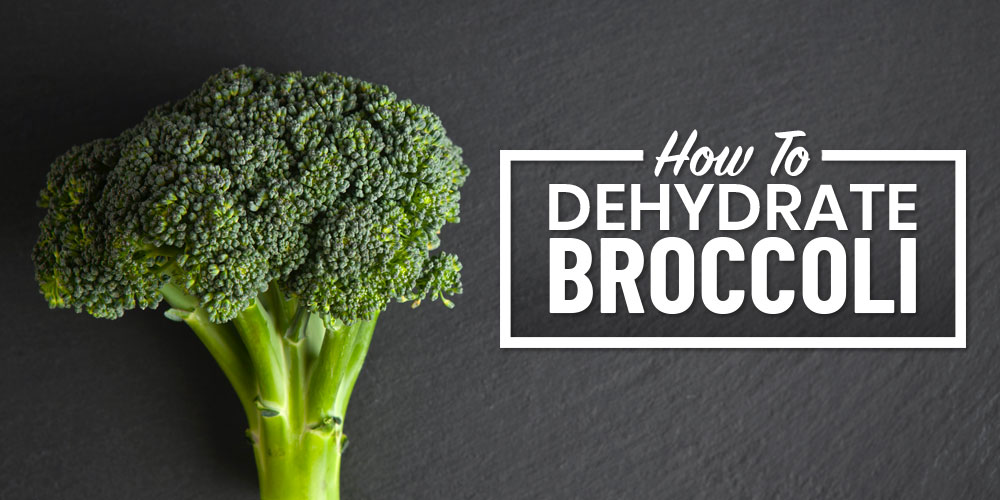
NAVIGATION
Dehydrating your broccoli not only prolongs its shelf life and preserves the veggie’s taste and texture, but it also drastically reduces the amount of space the broccoli takes up. That makes dehydrated broccoli the perfect addition to a minimalist kitchen and helps you save space without sacrificing things like flavor and quality.
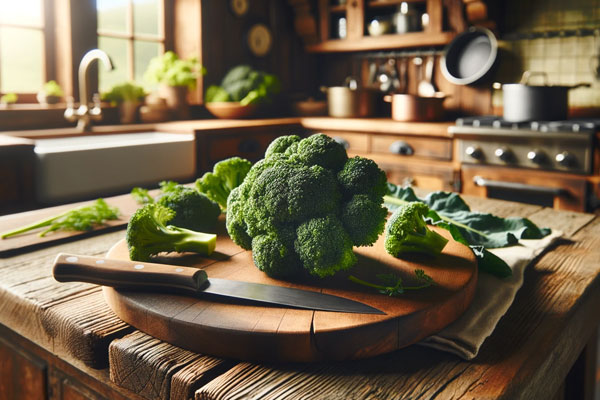

Hi, I’m Ryan
For many people, fall represents the end of the growing season. But I think that couldn’t be further from the truth. Cool-weather crops like broccoli are an indispensable part of my homestead. And with this process for dehydrating broccoli, you can enjoy it for months to come.

Can You Dehydrate Broccoli?

In addition to being absolutely delicious, dehydrated broccoli is packed with essential nutrients, including calcium, iron, vitamin C, protein, and magnesium.
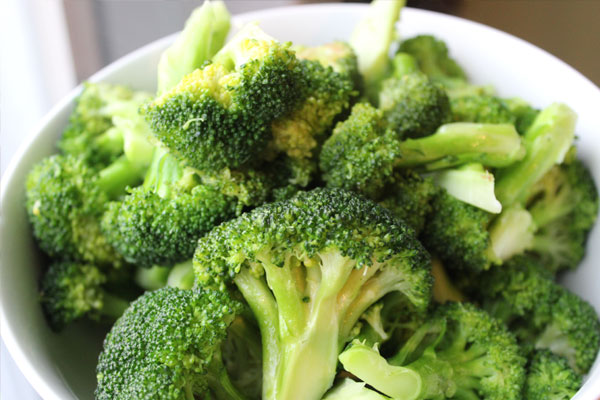
What Varieties Of Broccoli Can Be Dehydrated?
There are dozens, if not hundreds of broccoli varieties, all of which dehydrate well. One thing to note is that broccoli varieties with thicker, more robust stalks (like Romanesco) will take longer to dehydrate, while thinner-stemmed broccoli varieties (think broccolini or Chinese broccoli) dehydrate relatively quickly.
What Parts Of The Broccoli Can Be Dehydrated?
As a member of the Brassica family, virtually every part of a broccoli plant is edible and can be dehydrated. That includes the florets, stems, and the outer leaves. I even dehydrate the tiny, bright yellow flowers that come after bolting to use as a colorful (and nutritious) additive to soups and salads.
Do I Need To Peel Broccoli To Dehydrate It?
Because of its tough and fibrous stalk, you’ll have to peel the outermost layer of the broccoli stem before you dehydrate it. Fortunately, the resulting tender and tasty pieces are more than worth the extra effort. Just make sure you save those scraps! They make an excellent addition to your compost bin.
Do I Need To Blanch Broccoli To Dehydrate It?
Broccoli is one vegetable that you’ll have to blanch before dehydrating. In addition to preserving the broccoli’s flavor, texture, and color, blanching will help ensure that your dehydrated broccoli comes out tender, rather than stringy and chewy.
How To Dehydrate Broccoli

While you might be tempted to skip the blanching stage, it’s a necessary part of the process. After all, what good is food preservation if what you end up with is inedible? But don’t worry. As long as you follow the steps I’ve shared below, your dried broccoli will remain safe, flavorful, and nutritious.
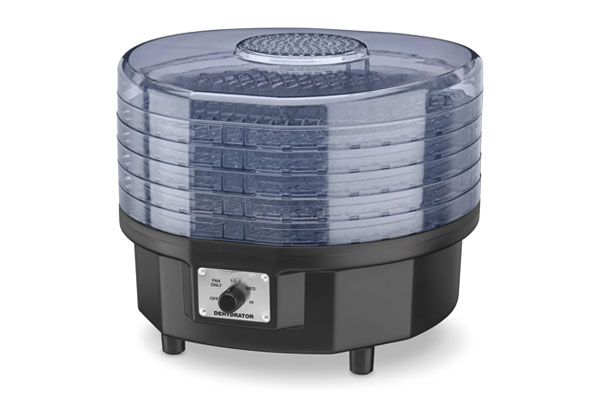
For snackable, crunchy broccoli chips, slice the broccoli into thin, quarter-inch pieces before dehydrating.
Equipment You’ll Need To Dehydrate Broccoli

Dehydrating broccoli is a fairly straightforward process, especially if you have a good-quality dehydrator. They take the guesswork out of food preservation and consistently deliver excellent results. And don’t let the initial investment scare you. In the years that I’ve been homesteading, my dehydrator has more than paid for itself. But there are several other things you’ll need to grab before you get started.
Equipment To Dehydrate Broccoli
- Dehydrator
- Dehydrator trays
- Broccoli
- Knife
- Bowl
- Ice water
- Colander or sieve
- Pot
- Slotted spoon
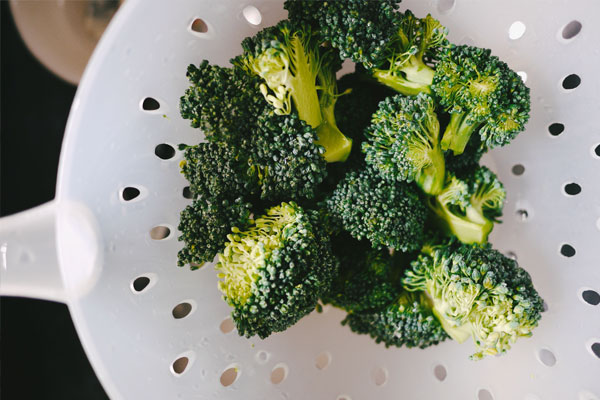
Steps To Dehydrating Broccoli

So, when you’re ready to dehydrate broccoli, start by filling a pot with water and bringing it to a boil. Then, preheat your dehydrator. (In my experience, the best temp to dehydrate broccoli is around 125° F.)
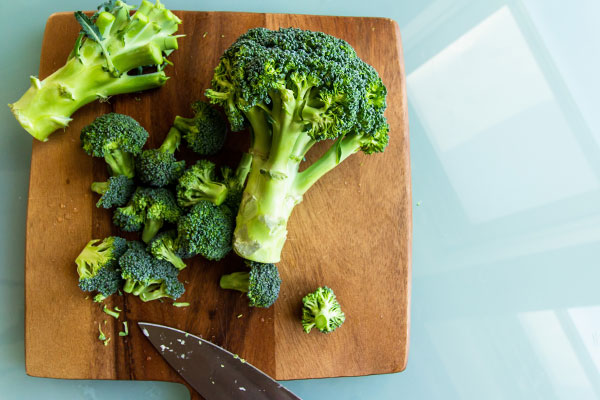
Dehydrating Broccoli Step-By-Step
- Wash Your Asparagus ThoroughlyWash the asparagus to remove dirt and debris, especially if you’re not peeling it. Washing thoroughly helps avoid small particles that can cause bacterial growth and ruin your batch.
- Prepare The BroccoliTo start, thoroughly rinse your broccoli heads with warm water and use a vegetable peeler to remove the outermost layer of the stalk.
- Cut Into Equal PiecesUse a knife to cut the broccoli head and stems into uniform bite-sized pieces. That way, everything will dehydrate at the same pace.
- BlanchBring a pot of water to boil and submerge the broccoli for 2 to 3 minutes. When finished, your pieces should be bright green and still crisp.
- Plunge Into An Ice BathUsing a slotted spoon, immediately transfer the broccoli to a bowl of ice water. That will stop the cooking process and prevent the broccoli from becoming too soft or mushy.
- DrainAfter the broccoli has cooled, use a colander or sieve to drain the pieces. Then, spread the broccoli out on a clean surface and gently blot it with a clean, lint-free towel.
- Arrange In a Single LayerOnce your broccoli pieces have dried out a bit, arrange them in a single layer on your dehydrator trays. Make sure that you leave plenty of space between each piece to allow for adequate airflow.
- DehydrateBy this point, your dehydrator will have reached 125° F. Place the trays in the dehydrator and allow the broccoli pieces to dry for 6 to 8 hours, until perfectly crisp and devoid of moisture.
- Store In An Airtight ContainerRemove the finished broccoli pieces from the dehydrator tray and let them cool off for a few minutes. After that, transfer them to an airtight container for storage.
How Do You Tell When Your Broccoli is Done Dehydrating?
When broccoli is done dehydrating, it should be bone dry, brittle to the touch, and crispy around the edges. Keep in mind that the florets dehydrate quickly, so you’ll want to check the stalk for doneness as the ultimate test.
Can You Use An Oven Instead Of A Dehydrator For Broccoli?
Using a dehydrator is the best and most consistent way to dehydrate broccoli, but you can certainly use your oven in a pinch. Just be aware that the process will differ slightly, due to the differences between ovens and dehydrators.
To begin, set your oven to its lowest possible setting (usually between 140° F to 170° F) and let the broccoli dry for 6 to 12 hours. Check the pieces often, as the broccoli may begin to burn as it nears completion.
If you’re using an oven to dehydrate broccoli, keep the oven door cracked open a bit to release excess moisture and help keep the temperature low.
How To Store Dehydrated Broccoli

I typically store my dehydrated broccoli one of two ways. The fastest and easiest way is to store it in an airtight glass jar or hard plastic container placed in a cool, dark corner of your pantry. But if I’m running low on space, I turn to vacuum sealing. Vacuum sealing is the ultimate space saver since you can easily stack the flattened bags on top of each other.
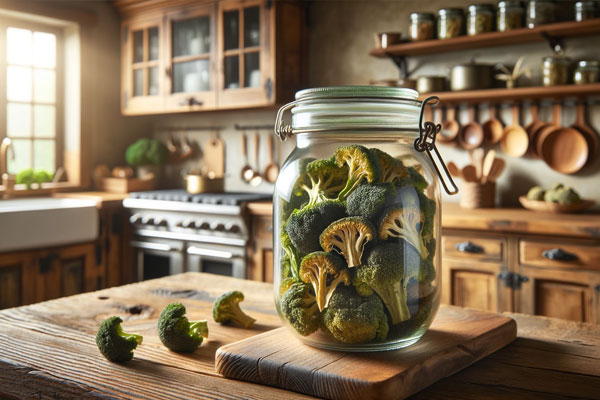
How Long Will Dehydrated Broccoli Last
As long as you prepare and store it correctly, your dehydrated broccoli should last for at least 1 to 2 years. However, for the freshest taste and maximum nutrition, I recommend using it within 6 to 12 months.
How To Use Dehydrated Broccoli In Your Cooking

Learning how to dehydrate broccoli is only one part of the equation. The next step is learning what to do with it! Fortunately, dehydrated broccoli is pretty much just as versatile as the fresh stuff. You can snack on the dehydrated broccoli pieces as is (with some salt or your favorite seasoning sprinkled over it) or add them to soups, salads, casseroles, and stews.
Fresh To Dehydrated Broccoli Conversion
When substituting dehydrated broccoli for the fresh stuff, I find that a 1:4 ratio works best. So, if you’re following a recipe that calls for 1 cup of fresh broccoli, use ¼ cup of dried broccoli instead.
How To Re-Hydrate Dehydrated Broccoli
When it comes to rehydrating broccoli, you have a few different options. You can place the broccoli in a bowl of lukewarm water and leave it in your fridge overnight. Or, if you’re in a rush, you can speed things up by soaking the broccoli in hot water for 15 to 20 minutes. However, my favorite way to incorporate dehydrated broccoli into my minimalist cooking is to add it as is to dishes with a high water content.
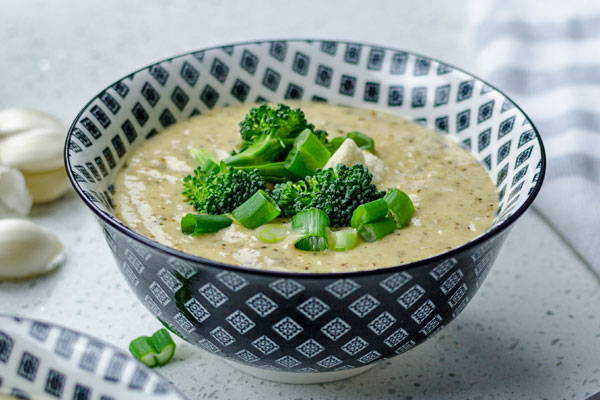 Whether you’ve just processed your first broccoli harvest or just so happened to come across a great sale, dehydrating broccoli is an excellent way to preserve your excess veggies for months (or years!) to come. And it’s not all about practicality.
Whether you’ve just processed your first broccoli harvest or just so happened to come across a great sale, dehydrating broccoli is an excellent way to preserve your excess veggies for months (or years!) to come. And it’s not all about practicality.
Once you get started dehydrating produce, it’s super easy to get hooked. So have fun experimenting with this simple and cost-effective way to preserve your produce and take your homemade dishes to the next level!
Your Turn!
- Which broccoli dishes have become a staple in your household?
- Broccoli, cabbage, or kale: what’s your favorite cool-weather crop?

Leave a Reply